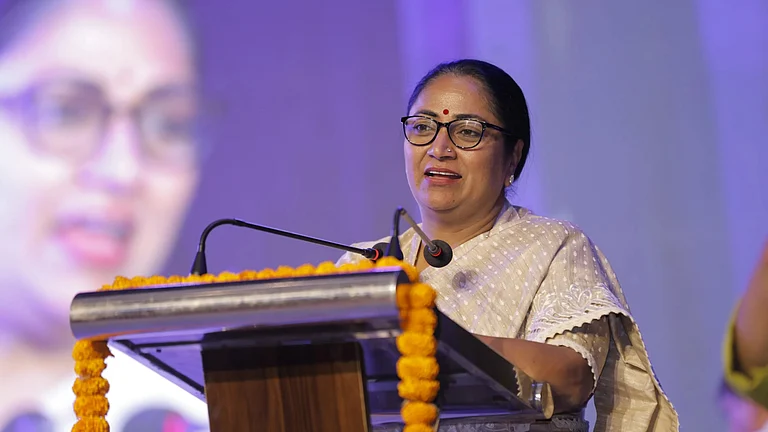Each year, the Union Ministry of Finance publishes a document called the Economic Survey of India. It is a review of how the Indian economy performed in the previous year and also provides information regarding the current state of the country’s economy.
Since it is released a day ahead of the Union Budget, it helps researchers, economists, policymakers and other stakeholders develop a preliminary expectation of the budget.
The Origin
The first Economic Survey of India was presented in 1950-51 when it was included as a part of the Union Budget. Since 1964, it has been de-coupled from the Budget presentation, and it became a norm for it to be released just a day prior to the Union Budget. It is the Union Finance Minister who usually presents it to the Parliament.
This important document is formulated under the supervision of the Chief Economic Advisor (CEA), under the Ministry of Finance, who is appointed by the Prime Minister’s office. The current CEA is V Anantha Nageswaran.
Each year, the survey comes with a theme. The theme of last year’s Economic Survey was "Agile Approach," reflective of the measures taken by the government to combat the challenges laid down by the Covid-19 outbreak and the step taken to steer the economy on recovery mode.
Its Application
The survey aids in evaluating government policies of the previous year and analyse the impact of policies on the economy. At the macroeconomic level, it takes stock of India’s growth trajectory, GDP, inflation rate, foreign exchange reserves, trade deficits and so on.
The two-part document first lays down an economic overview before delving into specific issues such as poverty, healthcare and education, labour market concerns, social security measures, energy security, industrial growth, climate action, etc. Individual sectors such as agriculture, services, and infrastructure are also given space in the latter part of the document.
By analysing the data collected from all sectors, the survey gives a thorough understanding of the Indian economy and enables policymakers to identify the key challenges in the way of economic growth.































